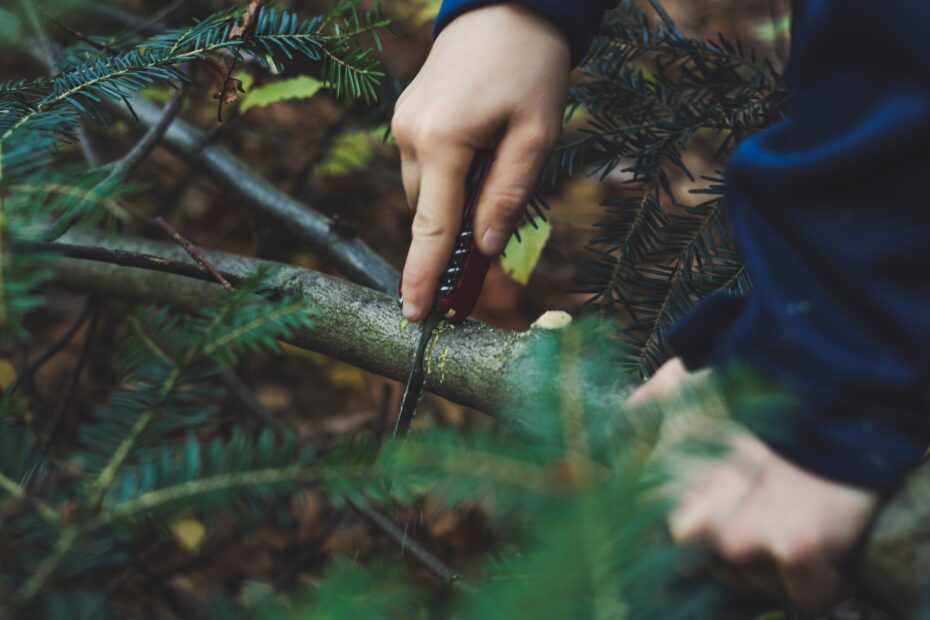Table of Contents
How to Survive a Natural Disaster with a Camping Vacation Mindset
Anyone who has ever been evacuated from, or isolated in, the family home because of a natural disaster, can attest to just how difficult it can be. But there are ways to alleviate some of the troubling aspects of the experience.
Emergency Supplies
The first step in surviving a natural disaster is to understand the crucial elements of life. Human and animal survival is dependent upon five basic needs:
- water
- sustenance
- air
- sanitation
- climate
No survival kit would be worth much if it didn’t immediately address these needs. Priority supplies within the kit should be sufficient for at least three days and include:
- water – one gallon per person per day
- food – non-perishable boxed and canned foods packed with a can opener; pet food for animals; utensils and a bowl for every person
- air – dust masks, duct tape and towels for creating clean air pockets inside the home or tent
- sanitation – plastic bags with ties, toilet paper and moist towelettes to address personal needs
- climate – change of clothes, winter gear, warm blankets and rain gear for each person
Once the basics have been gathered, the addition of the following will complete an effective survival kit:
- wrench or pliers for shutting off utilities
- flashlight
- hand crank or battery radio
- weather radio
- battery lantern (s)
- glow sticks
- plenty of extra batteries in appropriate sizes
- cell phone and charger
- large portable battery unit (s)
- medications and homeopathics
- first aid kit and first aid reference book
- sunscreen and lip balm
- chlorine bleach, measuring cup, eyedropper (9 parts water to 1 part unscented bleach to create a disinfectant; 16 drops bleach to one gallon of water to purify drinking water)
- matches
- fire blanket (s)
- cash
- copies of ID and valuable documents
- infant supplies if needed
- paper towels
- soap
- personal hygiene supplies for each person
- insect repellent
- mosquito net (s)
- fire extinguisher
- local maps
- whistle
- needle, thread and scissors
- pet collars, leashes, cages and other pet necessities
Surviving the Disaster With a Spirit of Adventure
Worry can be as physically debilitating as it is mentally challenging. It is a condition that trickles down from parents to children, and it can be responsible for bursts of anger and bouts of depression. Surviving a natural disaster is bound to be rife with worry, but anxiousness doesn’t have to be the overwhelming emotion.
Treating the evacuation or isolation as a camping vacation can turn the experience into something far less traumatic, especially for children.
Rounding out any survival kit with fun items that would make a camping trip enjoyable will make the period of displacement far more pleasant for everyone.
Some items may include:
- sleeping bags for each person
- tent (s)
- waterproof tarps
- cooler
- camp stove or grill (grill for outside use only)
- folding cookware and aluminum foil
- lawn games
- portable shower
- portable latrine
- folding shovel
- folding chair and stool (s)
- books, magazines and crossword puzzle books
- children’s games, books, puzzles and toys
- balloons
- paper, pens and pencils
- guitar or other musical instrument
- songbooks
- crafts
- hammock
- camera
- durable fun foods (eg: graham crackers, marshmallow crème, chocolate for smores)
- a diary
Every survival kit can be personalized to the family’s own tastes and sense of adventure, and dry runs can be a source of great fun and family bonding. Keeping a diary during a time of displacement can be very cathartic. Feelings need an outlet, and committing emotions to paper helps many, including children, to cope with the sudden disconnect from the life they’ve known.
After assembling the survival kit, the supplies can be field tested by spending a weekend in the back yard or in a campground using only what is in the kit. If something essential is missing, it will become apparent right away. The kit can then be replenished with whatever missing items are deemed important. From that point forward, the survival kit will be ready to sustain the family during or after a natural disaster.
Even long lists of items can result in only a few large rubber tubs of supplies if packed well. Marking the tubs with priority numbers insures that the most important supplies are grabbed first if there is not enough time to grab them all.
Survival Relies on Emergency Preparedness
There is no substitute for conscientious natural disaster preparation. And there is no better way to approach that preparedness than with an attitude of hope and adventure. Just the word “disaster” is enough to strike fear into any heart, but adopting a different outlook right from the start can transform something frightening into something challenging yet spirited.
Those who have no disaster plan and no prepared survival kit do themselves an injustice, for when the time comes, there may be no one readily available to help. Families must be self-sustaining.
If the cost of the supplies is daunting, the kit can be stocked over time, beginning with the most important supplies first. Discipline is required. Making a commitment to buy one survival item with each paycheck is one way to guarantee the creation of a survival kit that can literally save lives.
The fun items should not be ignored. The mindset that disaster survival is a camping trip can alleviate anxieties, especially for children, and adopting a positive attitude can be just as beneficial as stockpiling supplies. Doing so can lift the spirits of everyone involved and make lemonade out of some very bitter disaster lemons.
